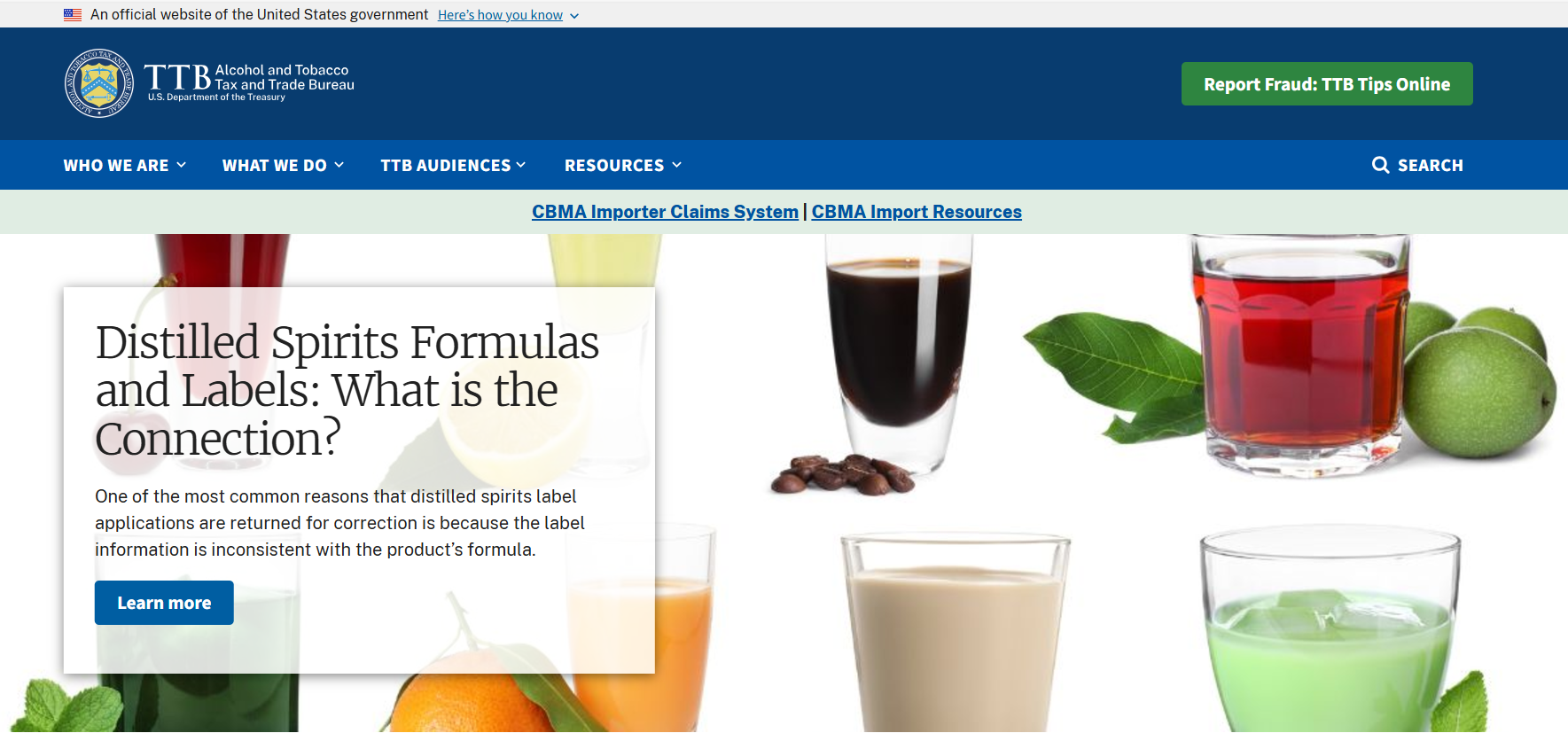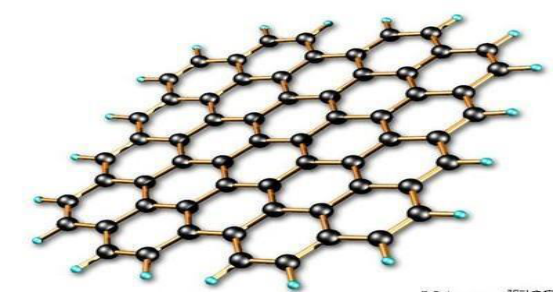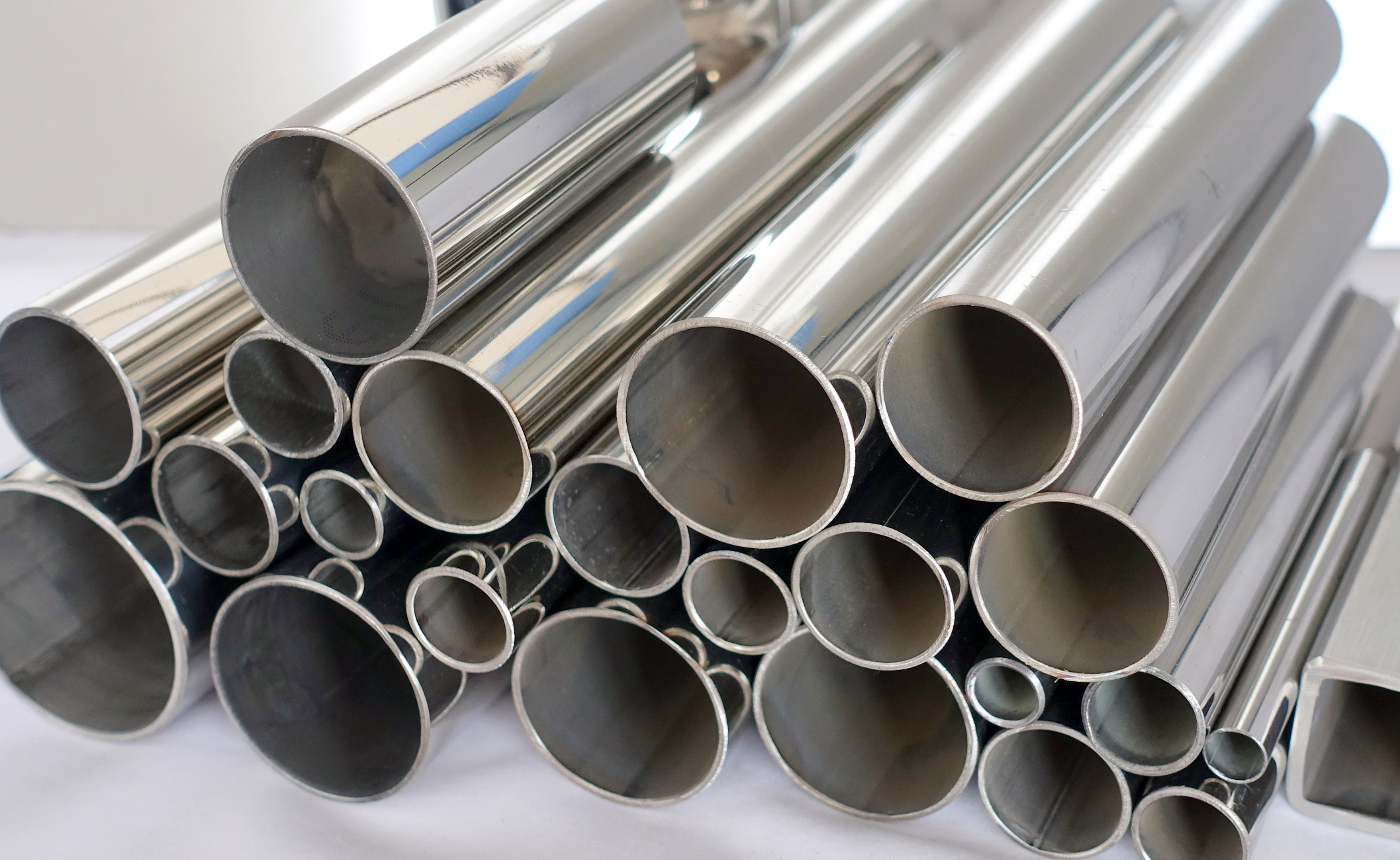
This Month in Physics History August 1856
This Month in Physics History August 1856
Eunice Foote Concludes That Carbon Dioxide Could Warm the Atmosphere, Three Years Before John Tyndall Did
In 1856, an American woman named Eunice Newton Foote conducted a series of homespun experiments. She set up 30-inch-long cylinders, each with a thermometer inside, and each filled with different gases and gaseous mixtures — moist air, dry air, carbon dioxide, oxygen, and hydrogen. Foote placed the cylinders in the sun and charted how the gases warmed. The cylinder containing carbon dioxide warmed the most, she noted, and stayed at its high temperature for a long time after she took it out of the sun.
Foote wrote up these data into a short paper with a stunningly prescient conclusion. Of carbon dioxide, she wrote: “An atmosphere of that gas would give to our earth a high temperature,” describing the phenomenon we now call the greenhouse effect, the main cause of climate change. The paper, titled “Circumstances Affecting the Heat of the Sun’s Rays,” was presented at a meeting of the American Association for the Advancement of Science (AAAS) on Aug. 23, 1856.



















Share This News